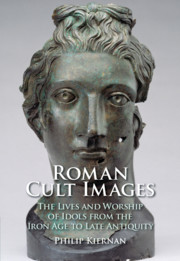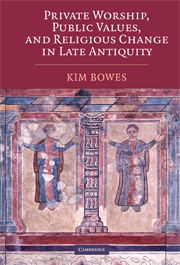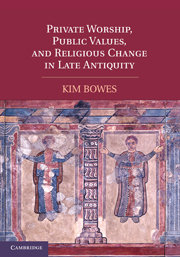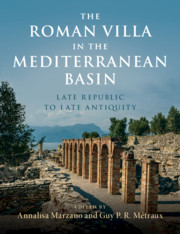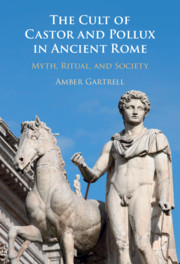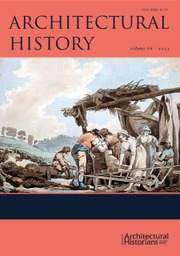Roman Cult Images
In this book, Philip Kiernan explores how cult images functioned in Roman temples from the Iron Age to Late Antiquity in the Roman west. He demonstrates how and why a temple's idols, were more important to ritual than other images such as votive offerings and decorative sculpture. These idols were seen by many to be divine and possessed of agency. They were, thus, the primary focus of worship. Aided by cross-cultural comparative material, Kiernan's study brings a biographical approach to explore the 'lives' of idols and cult images - how they were created, housed in temples, used and worshipped, and eventually destroyed or buried. He also shows how the status of cult images could change, how new idols and other cult images were being continuously created, and how, in each phase of their lives, we find evidence for the significant power of idols.
- Using a biographical approach and cross-cultural models, the book presents a picture of cult image and idol use in temples from the Iron Age to late antiquity
- Makes important artworks and sites accessible that have hitherto only been published in languages other than English, while providing a good summary of Iron Age and Roman provincial religious art
- Examines evidence of Roman provincial images of the gods as well as how statues were staged inside Romano-Celtic temples
Reviews & endorsements
'… Kiernan's work is an outstanding and welcome addition to fields dealing with provincial material cultures. His argument for distinguishing between idols and other sorts of cult image matters greatly if we are to study how those idols had a particular agency.' James Frakes, Bryn Mawr Classical Review
Product details
June 2020Hardback
9781108487344
377 pages
260 × 185 × 21 mm
0.94kg
94 b/w illus.
Available
Table of Contents
- 1. The birth of cult images: early Rome and the Iron Age
- 2. The birth of cult images: continuity and innovation in the Imperial Period
- 3. Idols at home
- 4. Idols in action
- 5. The end of idols.

